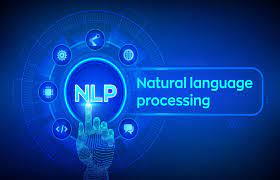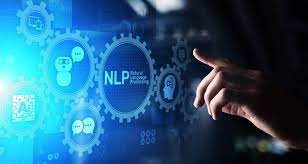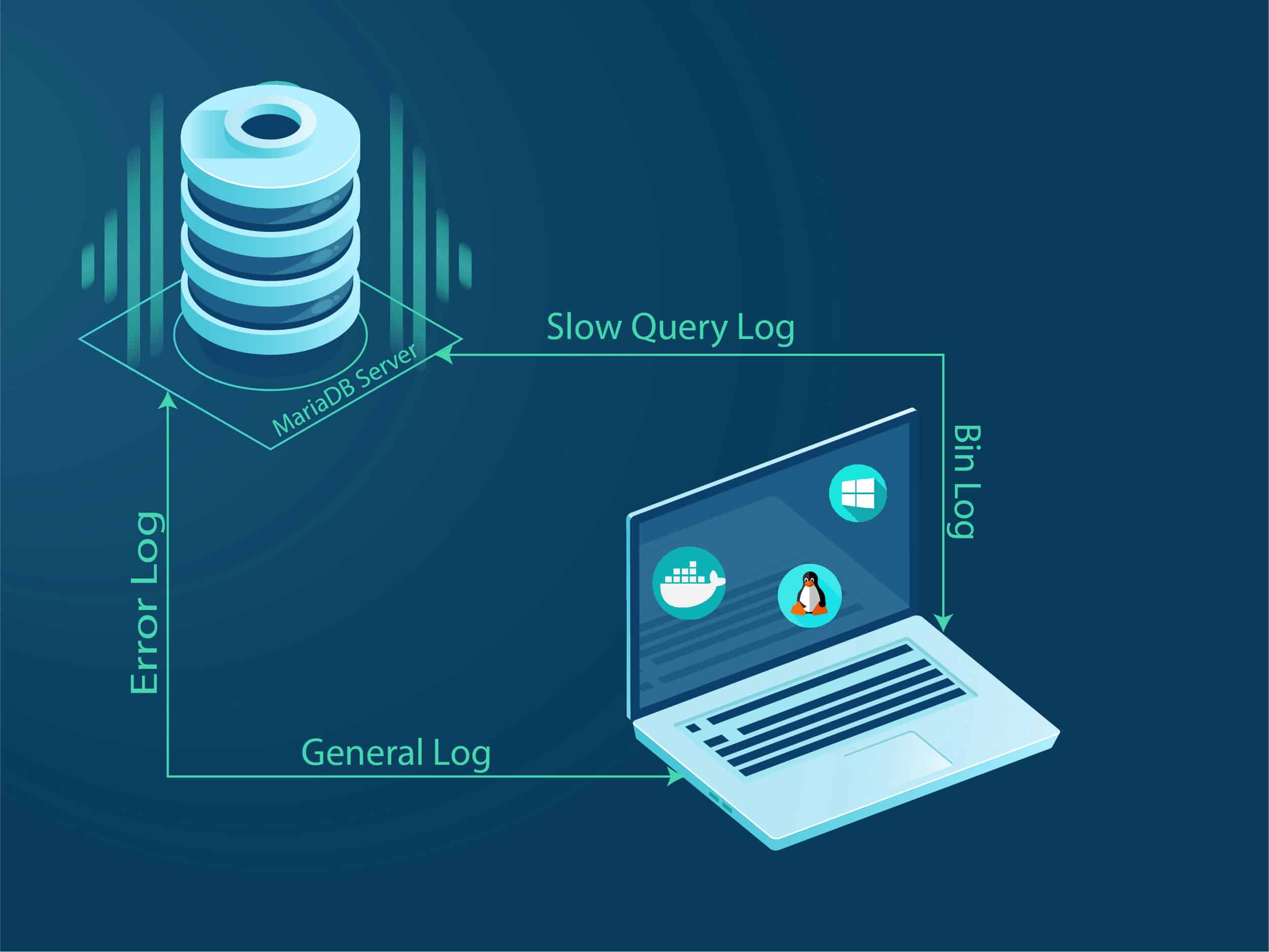Content
In 2014, Pérez announced a spin-off project from IPython called Project Jupyter. IPython continues to exist as a Python shell and a kernel for Jupyter, while the notebook and other language-agnostic parts of IPython moved under the Jupyter name.
How do I start programming in Jupyter Notebook?
Inside the Notebook. When you open a new Jupyter notebook, you'll notice that it contains a cell. Cells are how notebooks are structured and are the areas where you write your code. To run a piece of code, click on the cell to select it, then press SHIFT+ENTER or press the play button in the toolbar above.
A Notebook’s cell defaults to using code whenever you first create one, and that cell uses the kernel that you chose when you started your Notebook. Kernels are processes that run interactive code in a particular programming language and return output to the user. Kernels also respond to tab completion and introspection requests. Jupyter supports over 40 programming languages, including Python, R, Julia, and Scala. If you want to use the full set of debugging features supported in VS Code, such as breakpoints and the ability to step in to other cells and modules, you can use the full VS Code debugger.
Interactive Computing Protocol
The conversion process for the other file types is quite similar. The nbconvert tool uses Jinja templates under the covers to convert your Notebook files (.ipynb) into these other formats. Jupyter Notebook supports Markdown, which is a markup language that is a superset of HTML. This tutorial will cover some of the basics of what you can do with Markdown.
- The Notebook Editor allows you to easily change code cells between Markdown and code.
- This article won’t go into detail for every single option in every menu, but it will focus on the items that are unique to the Notebook application.
- This allows you to run bash, Powershell, and so on in your browser and run any shell command that you might need to there.
- If you want to share a Notebook without requiring your users to install anything, you can use binder for that.
- The easiest way for a beginner to get started with Jupyter Notebooks is by installingAnaconda.
- This makes it easy to separate out your code into logical chunks without needing to reimport libraries or recreate variables or functions in every cell.
This article will walk you through how to use Jupyter Notebooks for data science projects and how to set it up on your local machine. The first version of Notebooks for IPython was released in 2011 by a team including Fernando Pérez, Brian Granger, and Min Ragan-Kelley.
Clear output or restart/interrupt the kernel
Moving cells up or down within a notebook can be accomplished via dragging and dropping. For code cells, the drag and drop area is to the left of the cell editor as indicated below. For rendered Markdown cells, you may click anywhere to drag and drop cells. Running multiple code cells can be accomplished in many ways. When the cell is in command mode, it can be operated on and accept keyboard commands.
- When we do need to make changes to an earlier cell, the order of execution we can see on the left of each cell, such as In , can help us diagnose problems by seeing what order the cells have run in.
- I’ve been using it for all my Python machine learning work and I’m quite impressed and satisfied.
- When you run the above cell in a notebook, a lengthy docstring will pop up onscreen with details about how you can use the magic.
- JupyterLab is a newer user interface for Project Jupyter, offering a flexible user interface and more features than the classic notebook UI.
- If you see a greyed out menu item, try changing the cell’s type and see if the item becomes available to use.
- In this section, we’re going to learn to run and save notebooks, familiarize ourselves with their structure, and understand the interface.
This will output a list of the available line magics and cell magics, and it will also tell you whether “automagic” is turned on. For example, one extension called “Table of Contents” generates a table of contents for your notebook, to make large notebooks easier to visualize and navigate around. Extensions are precisely what they sound like — additional features that extend Jupyter Notebooks’s functionality. While a base Jupyter Notebook can do an awful lot, extensions offer some additional features that may help with specific workflows, or that simply improve the user experience.
More Great Jupyter Notebooks Resources
When you run a cell, you will notice that there are some square braces next to the word In to the left of the cell. The square braces will auto fill with a number that indicates the order that you ran the cells. For example, if you open a fresh Notebook and run the first cell at the top of the Notebook, the square braces will fill with the number 1.
- You can always tell the difference between code and Markdown cells because code cells have that label on the left and Markdown cells do not.
- Open your.ipynbfile in a text editor, select all and copy the JSON inside.
- This flow helped us to easily investigate our data set in one place without context switching between applications, and our work is immediately shareable and reproducible.
- Manage users and authentication with PAM, OAuth or integrate with your own directory service system.
- For rendered Markdown cells, you may click anywhere to drag and drop cells.
- If you switch back to the dashboard, you will see the new file Untitled.ipynband you should see some green text that tells you your notebook is running.
Jupyter Notebooks are documents that contain a mix of live code , visualizations, and narrative text . They’re useful for breaking down concepts in a story telling form, where you can give some context and show the code below along with interactive visualizations. A good first step is to open a Jupyter Notebook, type %lsmagic into a cell, and run the cell.
Running Cells
The kernels need not reside on the data scientist’s computer. Notebooks can also run in the cloud such as Google’s Collaboratory project. You can even run Jupyter without network access right on your own computer and perform your work locally. Jupyter Notebook is a web-based interactive computational environment for creating notebook documents. Jupyter Notebook is built using several open-source libraries, including IPython, ZeroMQ, Tornado, jQuery, Bootstrap, and MathJax.









